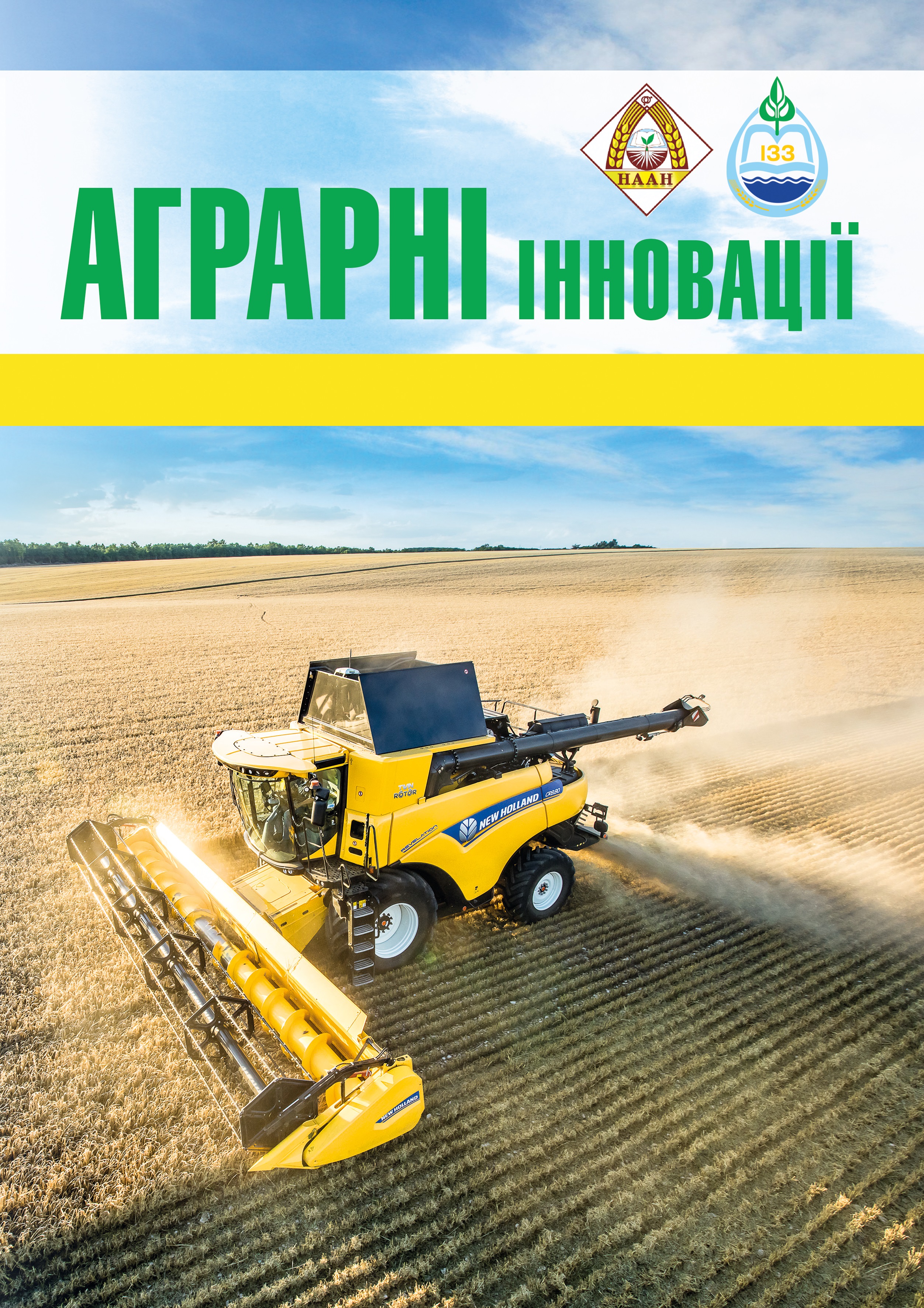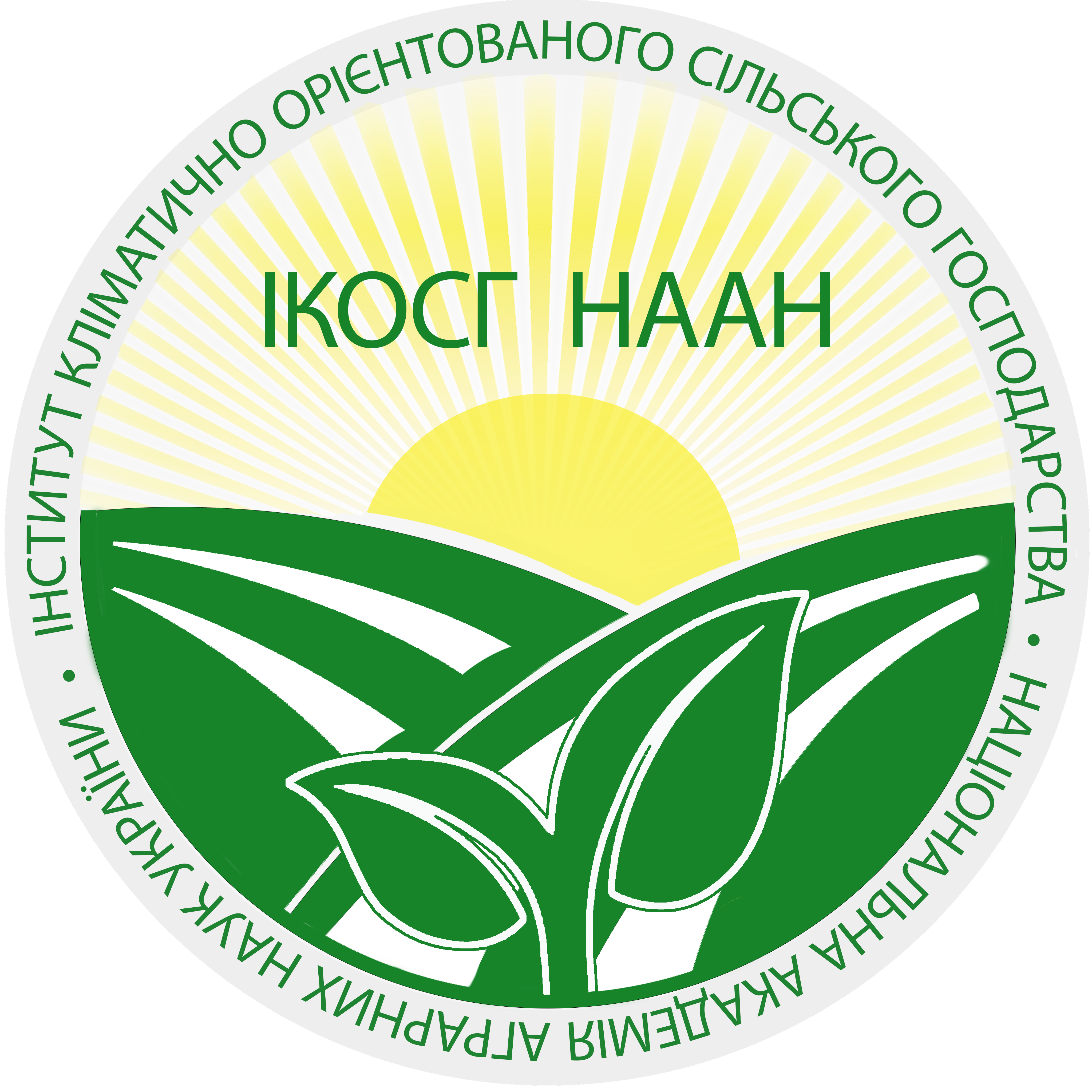ГРАНАТОВОДСТВО АЗЕРБАЙДЖАНА И СИСТЕМА МЕРОПРИЯТИЙ ЗАЩИТЫ ОТ БОЛЕЗНЕЙ
Анотація
Метою статті є дослідження стану гранатівництва в Азербайджані й аналіз сучасних заходів щодо захисту рослин від хвороб. Зазначено, що в Азербайджані садівництво – одна з найважливіших галузей агропро-мислового комплексу, який здійснюється як у колектив-них, так і в присадибних господарствах, що ускладнює впровадження сучасних заходів. Обґрунтовано, що недотримання системи захисту насаджень – причина низької врожайності та якості плодів. На сучасному етапі розвитку галузі найважливішим резервом підви-щення врожайності та якості продукції є захист наса-джень. Відсутність сівозмін, монокультура багаторічних насаджень, нерегулярне проведення захисних захо-дів – головні причини масового розмноження шкідни-ків і збудників хвороб, що вражають кореневу систему, скелетні гілки, бруньки, пагони, квітки, листя та плоди. Дослідженнями встановлено, що найбільш поширеним і шкідливим захворюванням граната є зітіозна плодова гниль (Zythia versoniana Sacc.).
Розкрито важливість системи інтегрованого захисту граната в технології обробітку, спрямованої на стале довгострокове придушення чисельності шкідливих організмів на основі регулювання фітосанітарного стану плодових насаджень шляхом профілактичних і агротех-нічних заходів, раціонального використання пестицидів. Акцентовано увагу на екологічних аспектах захисних заходів у розрізі отримання чистої продукції. Зазначено, що для успішного захисту насаджень граната необ-хідна організація моніторингу про видовий склад шкід-ників і хвороб окремих природно-сільськогосподар-ських районів, особливості їхнього поточного розвитку. Показано, що фенологічний календар і прогнозування циклічності розвитку збудників хвороб дає змогу точно встановлювати критичні періоди й вибирати оптимальні терміни проведення захисних заходів. Доведено, що комплексна система захисту граната має будуватися на інтеграції організаційних, санітарно-профілактичних, агротехнічних, біологічних і хімічних заходів, а головною перевагою є екологічна безпека і можливість одержання якісних плодів.
Посилання
2. Греков С.П. Субтропические в средних широтах. Донецк : АСТ-СТАЛКЕР, 2002. 41 с.
3. Кульков О.П. Субтропические плодовые куль-туры Узбекистана. Ташкент : Мехнат, 1986. 39 с.
4. Кульков О.П. Культура граната в Узбекистане. Ташкент : Фон, 1983. 50 c.
5. Микеладзе А.Д. Субтропические плодовые и тех-нические культуры. Москва : Агропромиздат, 1988. 72 с.
6. Карашарлы А.С. Гранат и его использование. Баку : Азер Госиздат, 1979. 37 с.
7. Загиров Н.Ф., Эмиров С.А., Таймазова Н.С. Субтропические и тропические плодовые культуры. Махачкала, 2008. 92 с.
8. Кобляков В.В. Технология плодоводства с осно-вами возделывания тропических и субтропических культур. Краснодар : КГАУ, 1995. 104 с.
9. Федоренко В.С. Субтропические и тропические плодовые культуры. Киев : Вища школа, 1990. 93 с.
10. Копылов В.И., Николенко В.В., Литви-нова Т.В. Субтропические культуры. Москва : ЛАНЬ, 2019. 87 с.11. Калюжный Ю.В. Болезни субтропических и тро-пических плодовых культур и борьба с ними. Киев : Украинская сельскохозяйственная академия, 1987. 27 с.






